All about hydroponic strawberries

Using a hydroponic design, you can indulge yourself in strawberries all year long. This method of growing this berry crop has many advantages, but at the same time it requires constant monitoring of the functioning of the system and daily care.
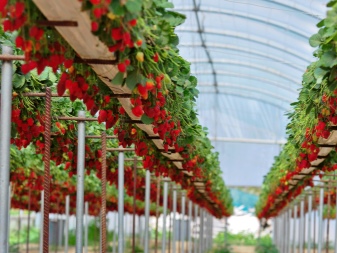
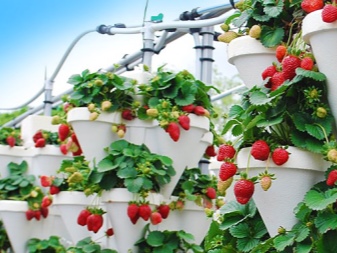
Peculiarities
The method of growing berries in hydroponics allows you to breed a crop even in an artificial environment, for example, at home on a windowsill... The principle of operation is ensured by combining a specially prepared substrate and a nutrient fluid that supplies oxygen, nutrition and all the necessary elements straight to the roots. The selection of the right varieties and careful plant care ensure crop yields at any time of the year.
The hydroponic plant looks like a bulk container filled with a useful solution. The plants themselves are planted in small containers with a substrate, in which their roots have access to a nutritious "cocktail".
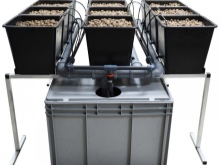

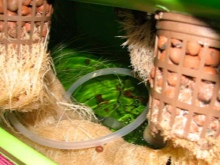
And although any varieties of strawberries are suitable for growing on a substrate, remontant hybrids designed specifically for an artificial environment are the best. They give an excellent harvest without being overly demanding. In this regard, experienced gardeners are advised to plant the following varieties in hydroponics:
- Murano;
- "Vivara";
- Delizzimo;
- Milan F1.
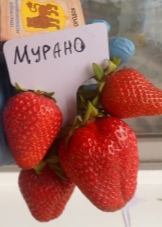
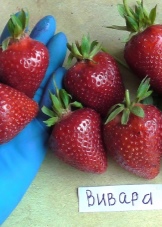
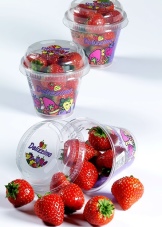
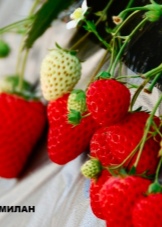
Modern hydroponic technology has many advantages.
- The design is very compact and therefore saves space.
- The system of supplying a useful solution eliminates the need for irrigation and feeding.
- Plants develop regardless of weather conditions, starting quite quickly to please their owners with a bountiful harvest.
- A hydroponic crop usually does not get sick and does not become a target for pests.
As for the disadvantages of technology, the main one is the daily careful care. You will have to regularly monitor some important parameters, including the amount and composition of the nutritional "cocktail", water consumption, substrate moisture, and the quality of lighting. In addition, one can name quite impressive financial costs for organizing the system itself, especially in cases where it is equipped with pumps.
It should also take into account the need for plants to regularly prepare a balanced solution.


Types of systems
All existing hydroponic systems are usually divided into passive and active, which depends on the method chosen for feeding the roots.
Passive
Passive strawberry growing equipment does not include a pump or similar mechanical device. In such systems, obtaining the necessary elements occurs due to the capillaries.

Active
The functioning of active hydroponics is provided by a pump that circulates the liquid. One of the best examples of this type is aeroponics - a system in which the roots of a culture are in a moist "fog" saturated with nutrients. Due to the pumps, the flooding system also functions, when the substrate is filled with a large amount of nutrient fluid, which is then removed.
A low-volume drip irrigation system is usually purchased for the home. It works in such a way that periodically, under the influence of electric pumps, food is directed to the root systems of plants.
Electric pumps ensure uniform saturation of the substrate, which is extremely beneficial for strawberry cultivation.
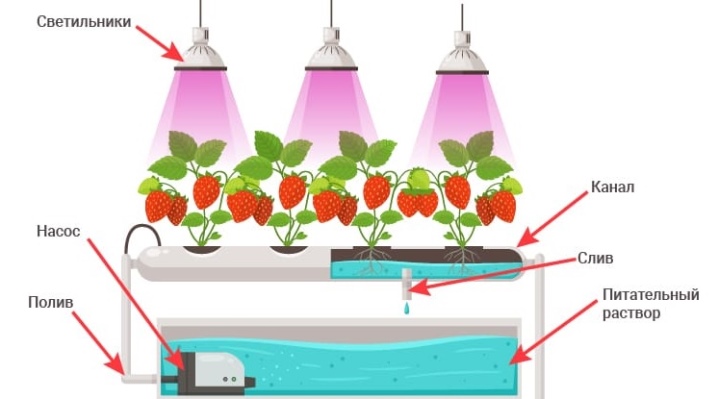
Germinating seeds for hydroponics
Germinating strawberry seeds is not particularly difficult. This can be done in the classic way: spread the seeds on the surface of a cotton pad soaked in water and cover with another. The workpieces are put into a transparent plastic box, in the lid of which several holes have been cut. You need to remove the seed for 2 days in a well-heated place, and then in the refrigerator (for two weeks). Discs should be moistened periodically so that they do not dry out, and the contents of the container should be ventilated. Through the above interval, the seeds are sown in a regular container or peat tablets.
It is also possible to germinate the seed on vermiculite with regular moisture and good lighting. As soon as microscopic roots appear on the seeds, a thin layer of fine river sand is formed on top of the vermiculite. The grains of sand reliably hold the material, and also prevent its shell from disintegrating.
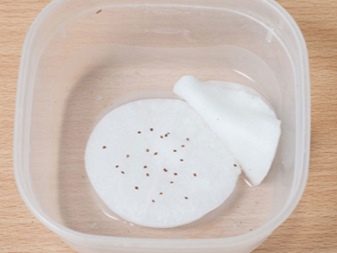
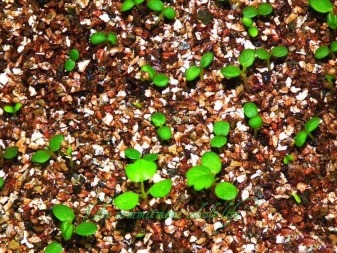
Preparation of the solution
The nutrient solution needed for the hydroponic structure to function is usually purchased off the shelf. For example, you can take "Kristalon" for strawberries and strawberries, the balanced composition of which contains potassium, magnesium, manganese, nitrogen, boron and other necessary components. Every 20 milliliters of the drug must be diluted in 50 liters of settled water.
GHE brand concentrates are great for nutrition. To organize a hydroponic system, you will need to take as a basis 10 liters of distilled water, to which add 15 ml of FloraGro, the same amount of FloraMicro, 13 ml of FloraBloom and 20 ml of DiamontNectar. After setting the buds on the bushes, DiamontNectar is completely eliminated, and the amount of FloraMicro is reduced by 2 ml.
And although it is not customary for hydroponics to use organic components, experienced specialists manage to create a nutrient medium based on peat. In this case, 1 kg of dense mass in a cloth bag is immersed in a bucket with 10 liters of water. When the solution is infused (at least 12 hours), it must be drained and filtered. Homemade hydroponics mix should always be tested for pH, aiming for no more than 5.8.
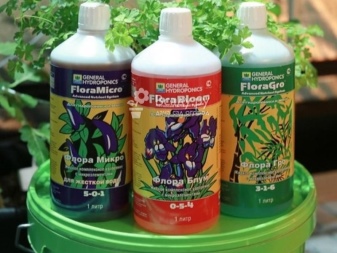
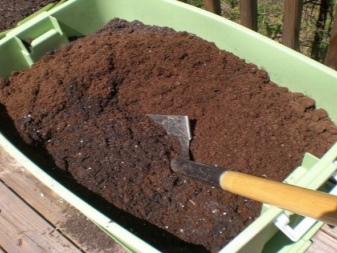
How to prepare the substrate?
In a hydroponic system, a substitute is a substitute for traditional soil mixtures. The material used for this purpose must be air permeable, moisture-absorbing and have a suitable composition. For strawberries, both organic and inorganic substrates can be used. From organic matter, gardeners most often choose coconut, peat, tree bark or natural moss. Variants of natural origin satisfy all the requirements regarding interaction with water and moisture, but they often decompose and even rot.
From inorganic components to the substrate for strawberries, expanded clay is added - pieces of clay fired in an oven, mineral wool, as well as a mixture of perlite and vermiculite. These materials are able to provide the plant roots with the necessary "supply" of oxygen and moisture.
True, mineral wool is not capable of even distribution of liquid.
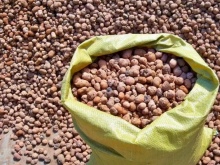

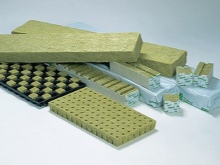
The specificity of the preparation of the substrate depends on the materials used. For example, expanded clay first of all is sieved and cleaned of small fractions of dirt. Clay balls are filled with water and set aside for 3 days. During this period, moisture must penetrate into all pores, displacing air from there. After draining the dirty water, expanded clay is filled with distilled water and set aside for one day.
A day later, you have to check the pH level, which should be 5.5-5.6 units. The increased acidity is normalized by soda, and the underestimated value is increased by the addition of phosphoric acid. Clay particles will have to be kept in the solution for another 12 hours, after which the solution can be drained, and expanded clay can be dried naturally.
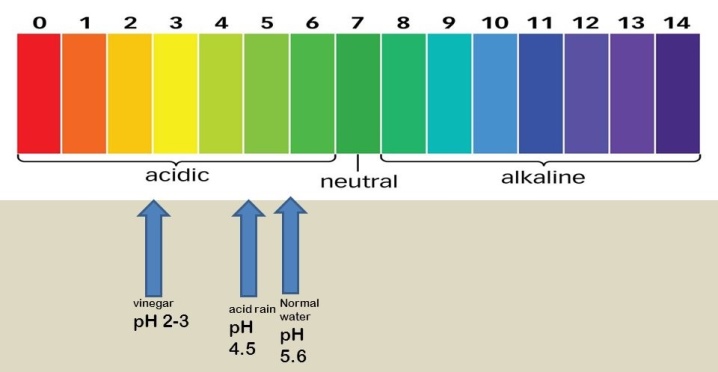
Landing
If the roots of strawberry seedlings are soiled in the ground, then they should be completely washed off before planting. To do this, each seedling, together with an earthen lump, is lowered into a container filled with water. It may be necessary to change the fluid several times to thoroughly rinse out all the appendages. Some gardeners prefer to completely soak the roots of plants for 2-3 hours and then rinse them with lukewarm running liquid. Purchased seedlings must be cleaned of moss, and their shoots are gently straightened. If the seedling is obtained from its own bush, then additional manipulations will not have to be carried out.
For planting, containers with holes of suitable dimensions are used. Their volume should be at least 3 liters per copy. The strawberry root system is divided into 3-4 parts, after which the shoots are pulled through the holes.
It is more convenient to carry out this procedure by using a homemade paper clip hook. The seedling is sprinkled with expanded clay balls or coconut flakes from all sides.

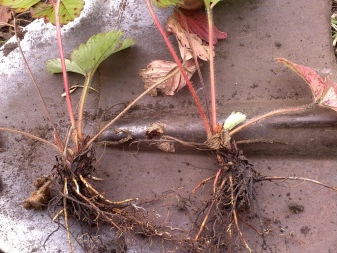
The pot is installed in the hole of the hydroponic system. It is important that the nutrient solution touches the bottom of the container. When new branches appear on the roots, the level of the nutritional "cocktail" in the main tank can be lowered by 3-5 cm. It is worth mentioning that some specialists first pour ordinary distilled water into the main container, and add nutrients to it only after a week.
If a strawberry rosette has been plucked from a bush, it is unlikely to have long roots.... In this case, the seedling will simply have to be fixed in the substrate. A week later, a full-fledged root system will already form at the bush, and after the same time it will be able to go beyond the pot. Usually the intervals between the bushes are 20-30 cm.If the specimen has a well-developed root system, then a little more free space will be required - about 40 cm.
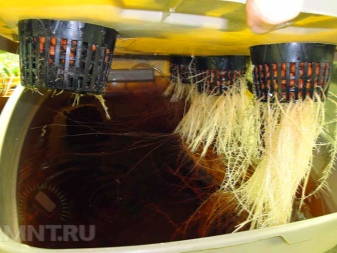
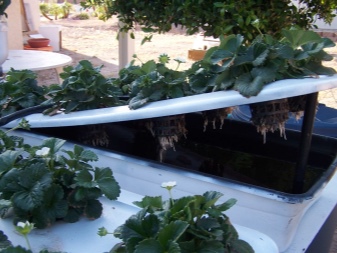
Care
In order to grow strawberries hydroponically, it is imperative for the culture to provide full daylight hours. In autumn and winter, home "beds" may require additional LED lamps: in the early days, purple and blue LEDs, and when flowers appear, also red ones. For the harmonious development of the culture at normal times, it should be well lit for at least 12 hours, and during flowering and fruiting - 15-16 hours.
In addition, for an abundant fruiting process, the plant will need a fairly high constant temperature: 24 degrees during the day and about 16-17 degrees at night. This means that it will not work to place hydroponics in a conventional greenhouse.
The greenhouse should only be heated. And even a glazed balcony may require a heater.
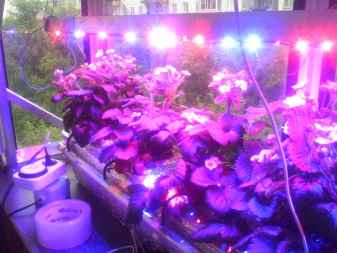
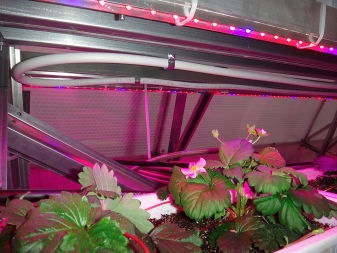
The optimum humidity in the room where strawberries are grown should be 60-70%... As mentioned above, hydroponic technology is most easily combined with drip irrigation. The system should regularly monitor the pH level and conductivity of the nutrient bed.
With a decrease in EC, a weak solution of concentrates is introduced into the composition, and with an increase, distilled water is added. The acidity reduction is obtained by adding GHE grade pH Down. It's imperative to watch so that the nutrient solution does not fall on the leaf blades of plants. After fruiting, the nutrient solution should be renewed, and before that, the entire container should be cleaned with hydrogen peroxide.
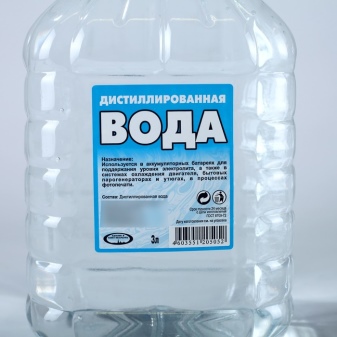
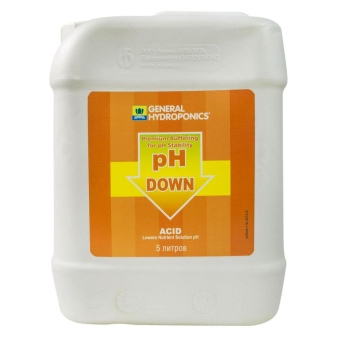













The comment was sent successfully.